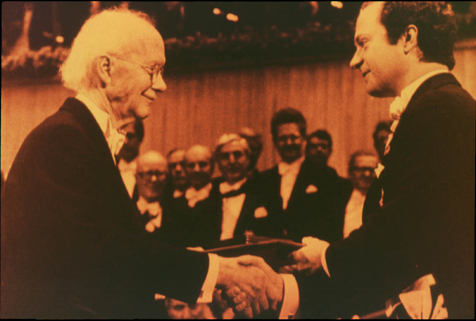
Faculty Research 1980 - 1989
Chimeras between parthenogenetic or androgenetic blastomeres and normal embryos: allocation to the inner cell mass and trophectoderm.
Document Type
Article
Publication Date
1989
Keywords
Blastocyst: an, cy, Blastomeres: an, cy, Chimera, DNA: an, Ectoderm: an, cy, Mice, Mice-Inbred-C57BL, Mice-Transgenic, Nucleic-Acid-Hybridization, Parthenogenesis, SUPPORT-U-S-GOVT-P-H-S, Tissue-Culture, Trophoblast: an, cy
First Page
580
Last Page
583
JAX Source
Dev Biol 1989 Feb;131(2):580-3
Grant
HD17720, HD23291, CA10815
Abstract
A series of chimeras was generated by injecting single normal, parthenogenetic, or androgenetic blastomeres carrying transgenic markers under the zona pellucida of nontransgenic eight-cell embryos. These chimeras were cultured to the blastocyst stage and sectioned, and the transgenic component was detected by in situ hybridization. No statistically significant difference was found among the normal, parthenogenetic, and androgenetic chimeras in the number of chimeric blastocysts with a transgenic contribution to the inner cell mass (ICM), the trophectoderm, or both the ICM and trophectoderm. Since androgenetic and parthenogenetic cells were present in chimeras at a high frequency in both the ICM and trophectoderm at the blastocyst stage, but not in similar chimeras at late gastrulation, these cells must not respond normally to developmental signals subsequent to blastocyst formation and prior to late gastrulation.
Recommended Citation
Thomson JA,
Solter D.
Chimeras between parthenogenetic or androgenetic blastomeres and normal embryos: allocation to the inner cell mass and trophectoderm. Dev Biol 1989 Feb;131(2):580-3

